Our next Great North Yorkshire Sons and Daughters nomination is author trio, Marie Hartley, Ella Pontefract and Joan Ingilby. Combining their individual skills, all three women dedicated their lives to documenting the rich culture and intangible heritage of the Yorkshire Dales.
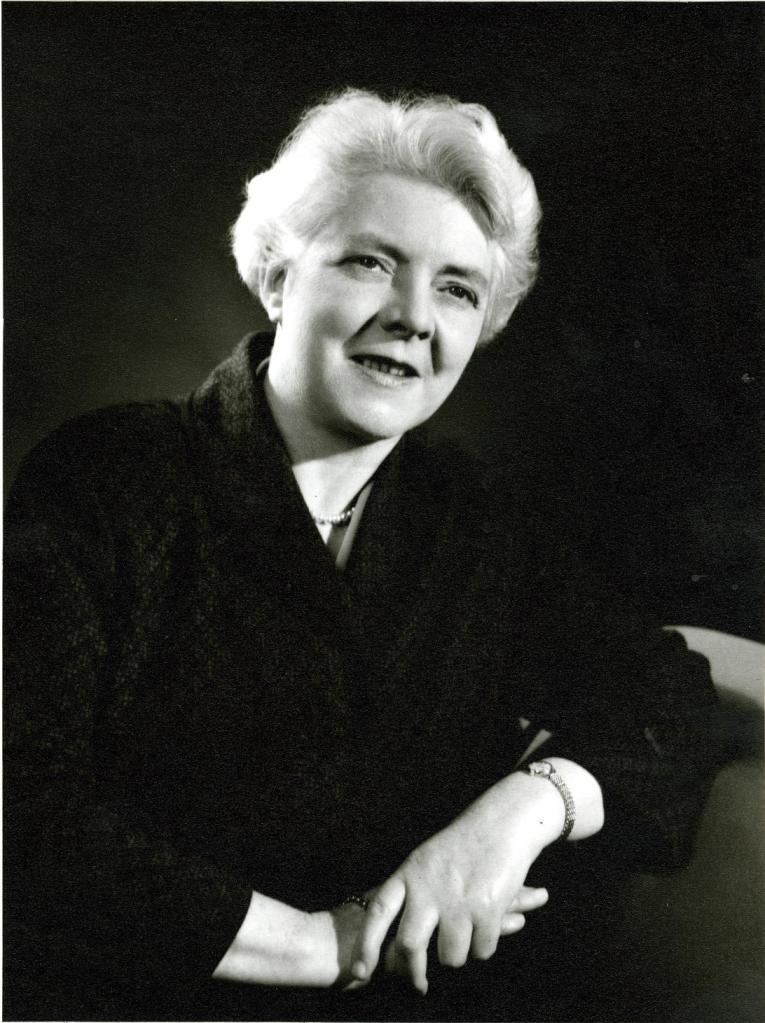
Marie Hartley 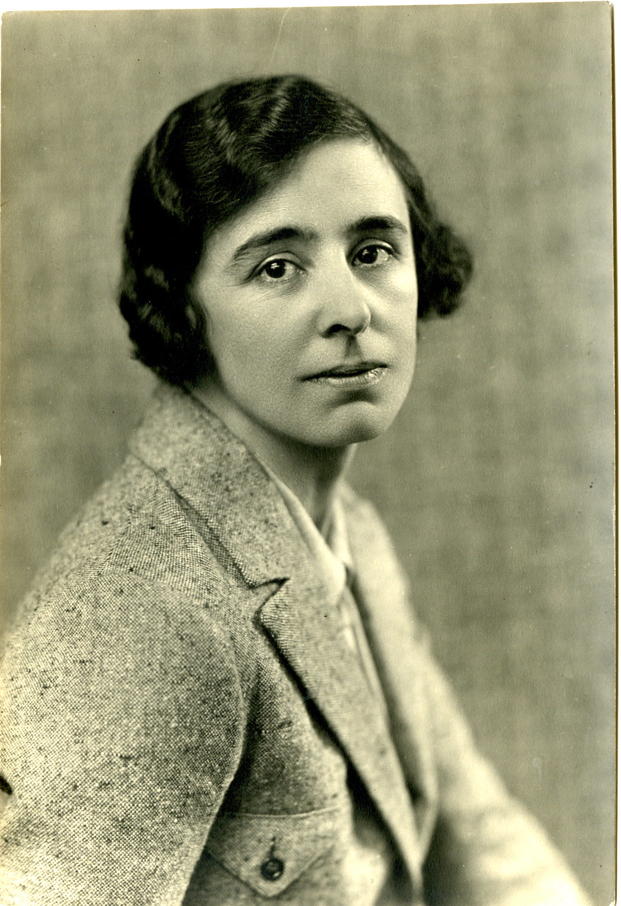
Ella Pontefract 
Joan Ingilby
Early life
Marie Hartley was born in Morley near Leeds in 1905, and Ella Pontefract was born near Huddersfield in 1896. In 1925, the Pontefracts built a house near Wetherby, opposite the Hartleys’ home, where the family had moved two years earlier. From this point onwards, Marie Hartley and Ella Pontefract built a lifelong friendship that resulted in tours and walks around the Yorkshire Dales.
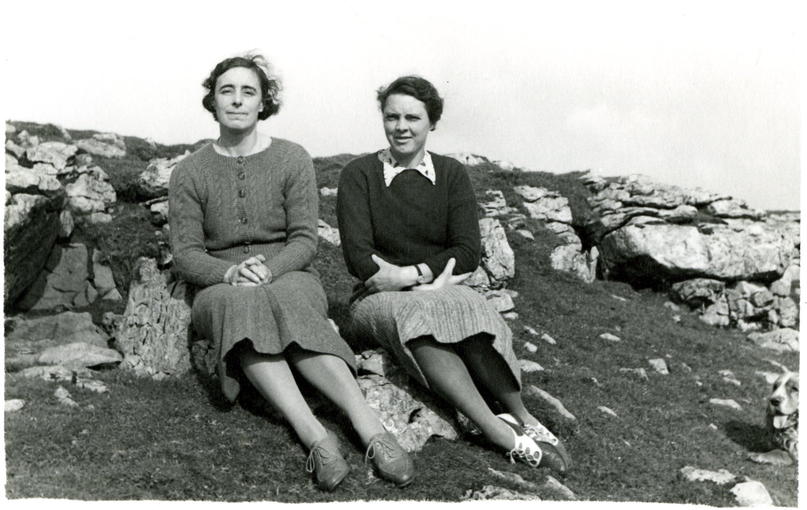
Image courtesy of the Dales Countryside Museum.
Passion for Yorkshire Dales tradition
These trips inspired Hartley and Pontefract to write and illustrate books on the unique way of life of the Yorkshire Dales throughout the 1930s and early 1940s. They would work together writing their books, and Marie would take photographs and produce the illustrations. In their 1939 book, Yorkshire Tour, Hartley and Pontefract described what they hoped to achieve through such publications:
‘We set out on our journey to discover the spirit of the Yorkshire to which we belong.’
They note, ‘the variety of Yorkshire scenery has divided it naturally into numbers of these small districts, each with its own customs and peculiarities. In a distance of thirty miles you find a different scene, climate and farming system, and different looks and dialect in the people’.
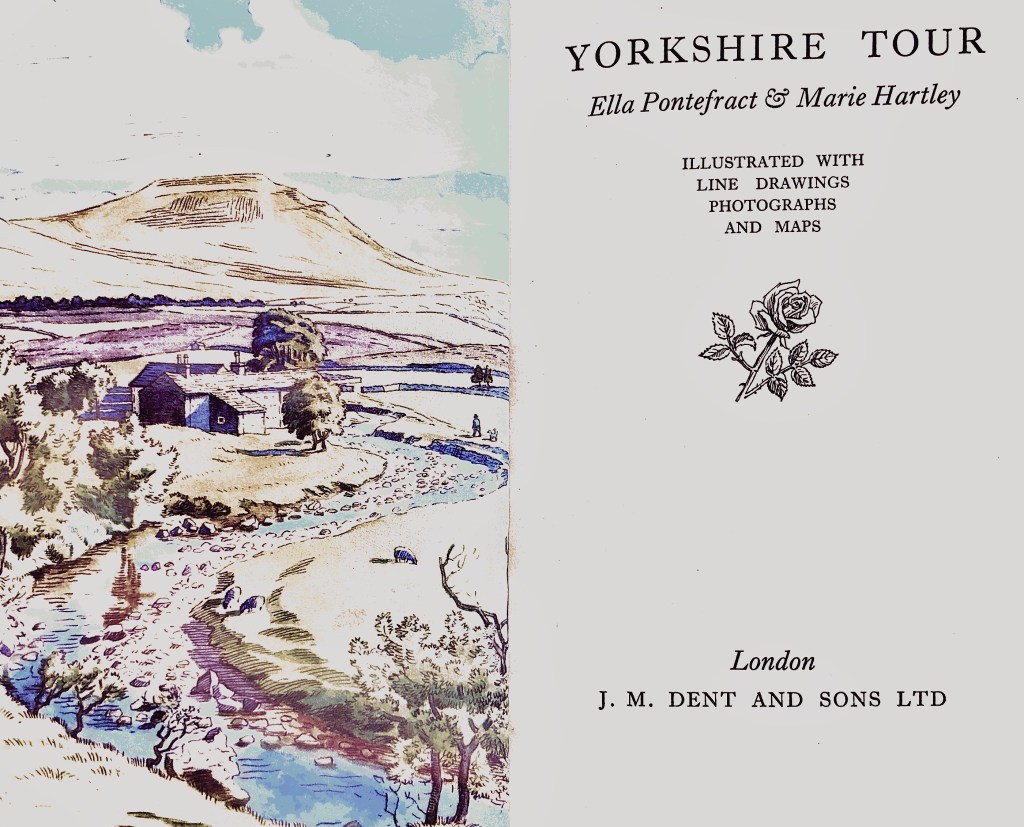
Copy held at the North Yorkshire Country Record Office.
In 1945, Ella Pontefract tragically died in her late forties, and for a while Marie Hartley struggled to visit the places they had written about. Later in 1947, Marie met Joan Ingilby, born near Ripon and together they picked up where her and Ella had left off, capturing rural Dales life.
Centre: Marie Hartley carving wood engraving blocks.
Right: Joan Ingilby (left) and Marie Hartley (right).
Images courtesy of the Dales Countryside Museum.
A new partnership
By the 1950s, Marie Hartley and Joan Ingilby noticed a shift in the culture of the Dales, caused by factors such as changes to farming practices and the possible adverse effects of tourism, which had the potential to ‘dilute its special character’. This shows the incredible foresight Marie and Joan had, to be able to recognise they were in a period of transition without the benefit of hindsight. In their 1968 publication, The Yorkshire Dales, they state: ‘Any recording now of the old life as it slips away, is only just in the nick of time’.
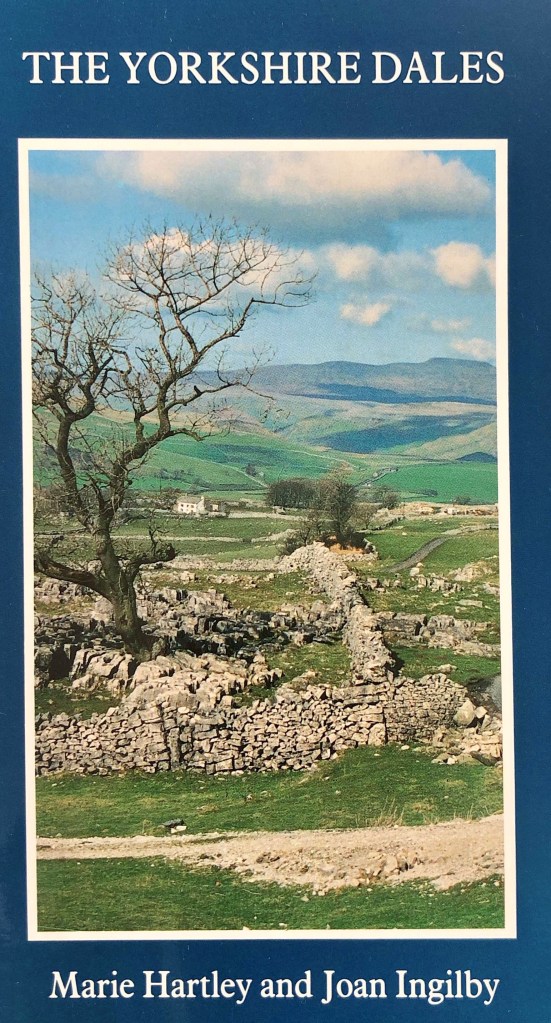
As a result, Marie and Joan focused their efforts documenting the less well known aspects of Yorkshire Dales heritage. Instead of adding to the already existing literature on established Dales industries such as lead mining, they instead researched fading industries like hand knitting. In 1951, they published a book entitled, The Old Hand-Knitters of the Dales. The research for this book involved interviewing those who had worked in the knitting industry in the first half of the twentieth century. The book records just how important knitting was in the Yorkshire Dales, they write:
‘Besides the lead-mines in Swaledale and Wensleydale, and some cloth manufacture spreading from the town of Kendal, there existed no other large industry except knitting. For over three centuries knitting was an automatic employment every day during all the workings hours of many men, women and children throughout the dales.’

They described hand knitting as a traditional craft and skill that was passed from one generation to another. However, even by the time Hartley and Ingilby conducted their oral histories for the book (in 1948-1949), some of the memories of the intangible culture associated with hand knitting in the Dales had started to fade. They reported that:
‘it is a pity that most of the knitting songs, sung to pass the time and to encourage the knitter to greater speed, are forgotten’.
Despite Hartley and Ingilby’s urgency to collect and document the oral stories, traditions, and memories of the Dales, not everything was saved in time.
Legacy
In the process of documenting the heritage of the Yorkshire Dales, Hartley, Pontefract and Ingilby collected a huge array of items and records, some from as early as the seventeenth century. Here at the North Yorkshire County Record Office, we hold some of the papers that Marie Hartley collected over the seventy-five years of her research within collection ZCC. Hartley’s papers archive some of the significant moments and features of the Dales history, including the foot and mouth outbreak in 1870, and the geological landscape of the Dales mines, as seen below.
Right: ZCC Geological map of Swaledale, in the Yorkshire Dales.
Hartley and Ingilby had collected so much material, that by the 1960s they had created an unofficial museum in their home as they continued to collect donations by local people. Over time, storage of their archive became a problem, so they began looking to museums to whom they could donate their collection. Due to the value of their material to Dales life, they were determined that the material from their research would remain in the Yorkshire Dales. In 1972, their collection became the basis of what is now the Dales Countryside Museum in Hawes.
We spoke to Fiona Rosher, Museum Manager at the Dales Countryside Museum to learn more about the legacy of the three authors, she stated:
‘Marie Hartley, Ella Pontefract and Joan Ingilby were pioneers in the recording of the people, places and cultural heritage of Yorkshire and the Dales in particular. Their combined skills of photographer, writer and artist created a unique impression of personal, domestic and working life in the Dales. The action they took to prevent objects leaving the region showed great foresight and they are an inspiration to all who work to preserve and interpret the cultural heritage of the Yorkshire Dales and beyond.’
Centre: Knitting sticks, relating to the hand knitting industry of the Dales, on display at the Dales Countryside Museum.
Right: Exhibition at the Dales Countryside Museum.
Images courtesy of the Dales Countryside Museum.
Often, the intangible cultural heritage of a place; its rituals, customs, language, and general way of life, is regarded as less significant than protecting fixed buildings and landscapes. This is why the work of Hartley, Pontefract and Ingilby is so important to the identity of the Dales, linking its present to its past.
We would like to thank The Dales Countryside Museum for their support of our project, and all those who shared their stories of Hartley, Pontefract and Ingilby with us.
Further Information
If you would like to find out more about the work of Hartley, Pontefract and Ingilby, the North Yorkshire County Record Office holds a collection of some of the historic records Hartley collected over the years in collection ZCC. More information can be found on our online catalogue. We also hold many of Hartley, Pontefract and Ingilby’s publications.
The Dales Countryside Museum and The Yorkshire Dales National Park have made ‘Wendsleydale’ by Marie Hartley and Ella Pontefract available to listen to as an audio book
The Dales Countryside Museum have made their exhibition The View from the Fells – In the Footsteps of Marie Hartley, an exhibition of collagraphs by Hester Cox, inspired by the life and work of Marie Hartley and the Yorkshire Dales landscape available to view online



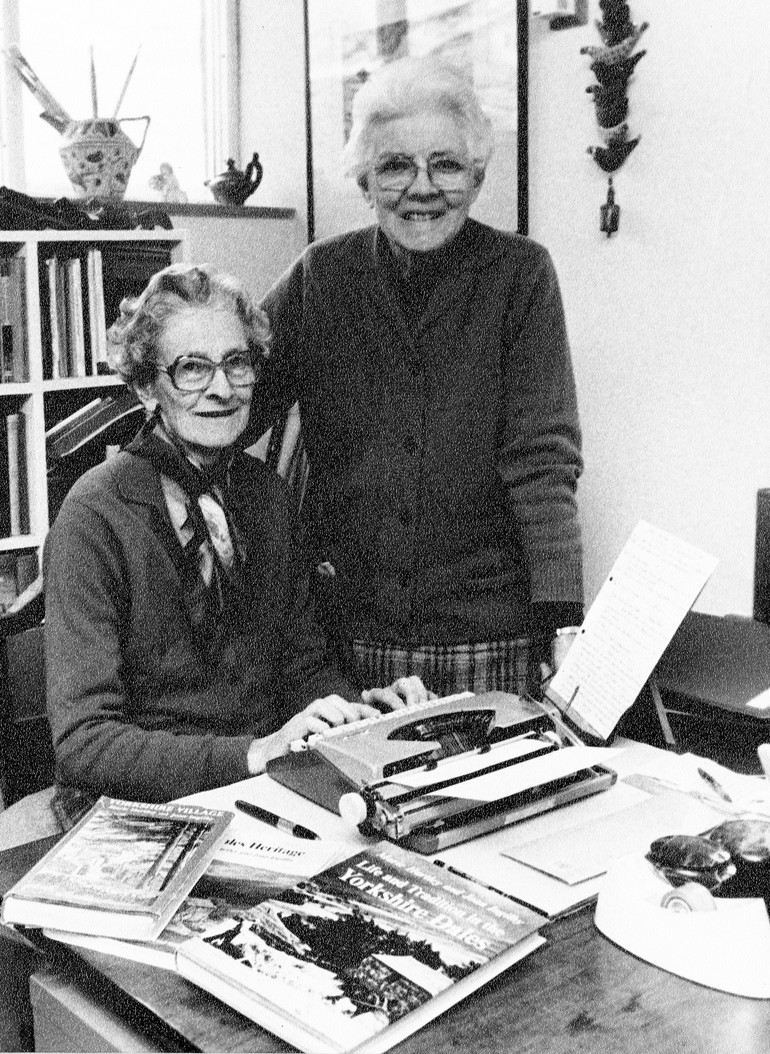
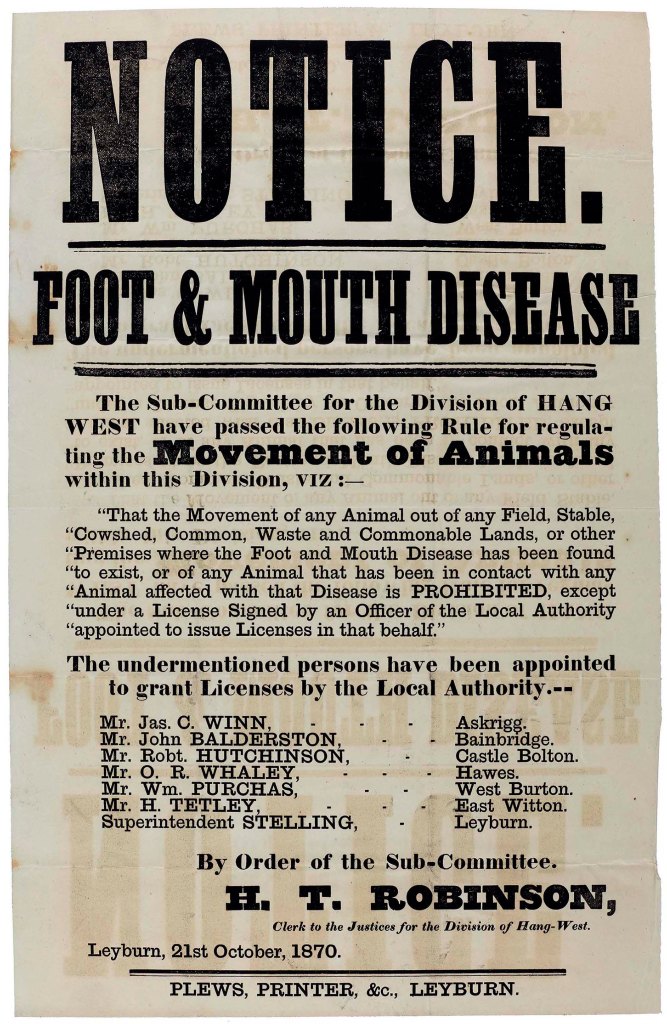
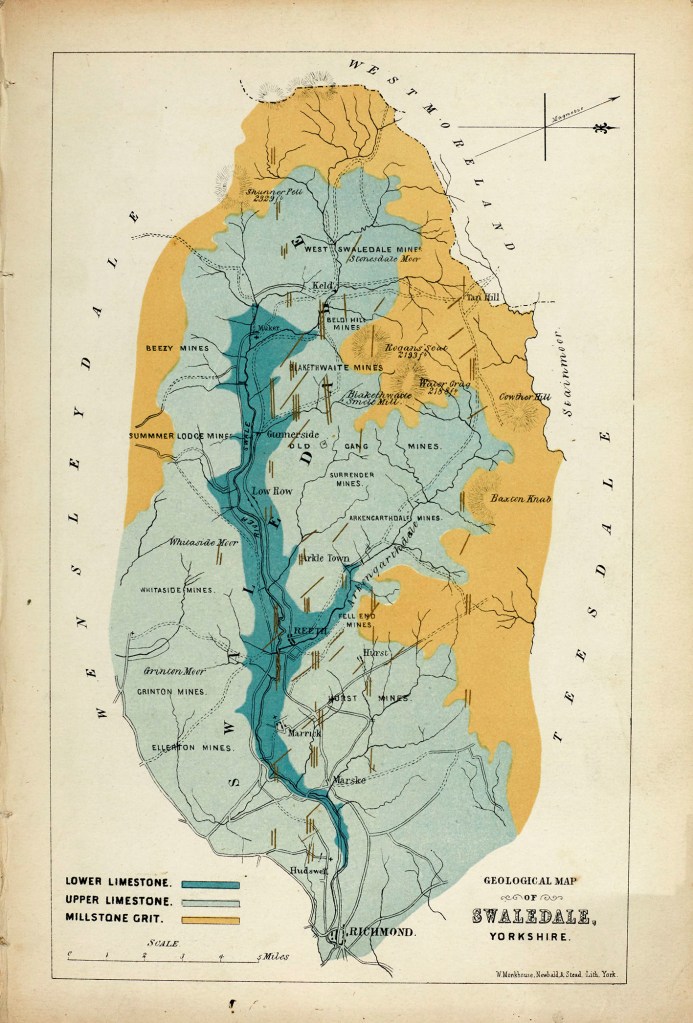
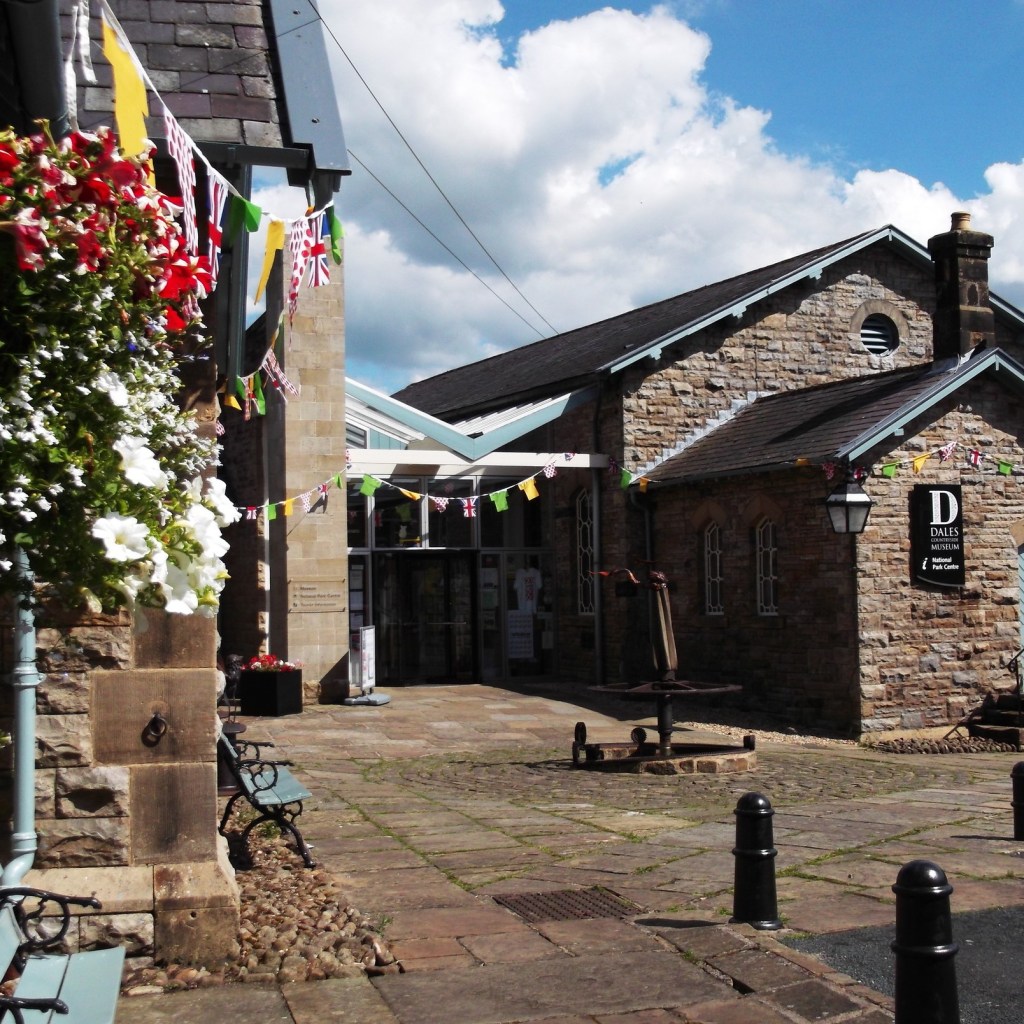


Very interesting; thanks for posting.